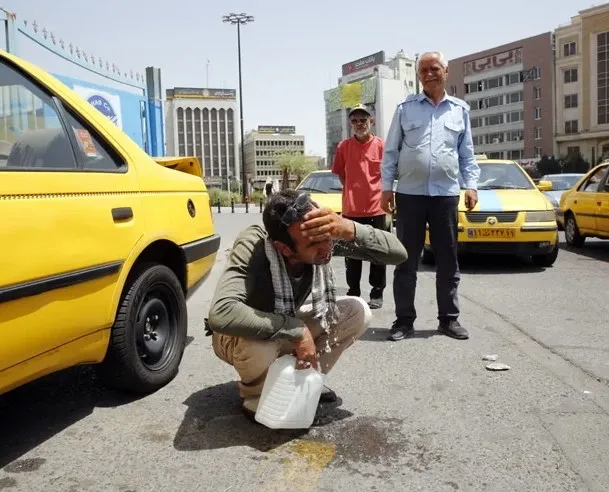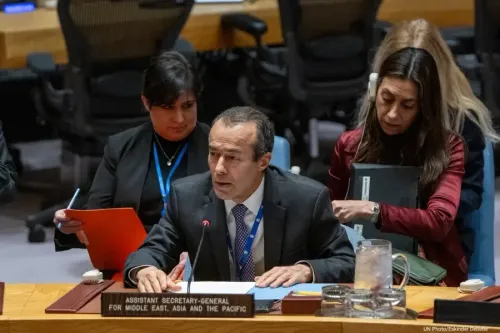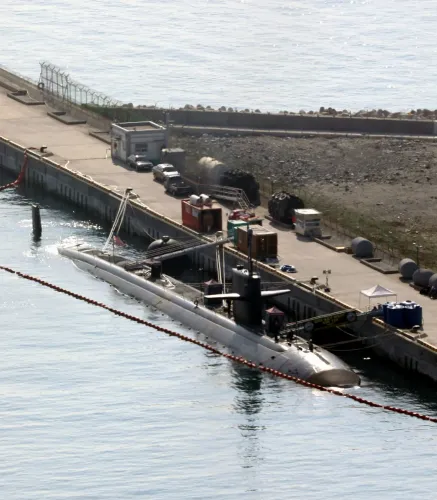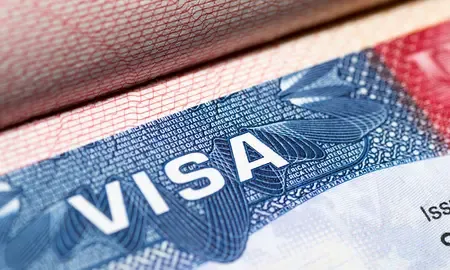Why is Iran Closing Offices and Limiting Water Usage?

Synopsis
Key Takeaways
- Government offices closed in 22 provinces due to water shortages.
- Record temperatures have reached over 40 degrees Celsius.
- Dams are operating at only 44 percent capacity.
- Water supply to pools has been suspended.
- Urgent actions are needed to address the ongoing crisis.
Tehran, July 24 (NationPress) In response to severe water and electricity shortages during an unprecedented heatwave, Iranian officials have implemented closure of government offices across 22 provinces, including Tehran, and have cut working hours in four additional provinces.
This decision was enacted on Wednesday as temperatures soared past 40 degrees Celsius nationwide, with some areas approaching 50 degrees Celsius, as reported by Xinhua news agency.
The measures followed an unprecedented drought, with precipitation levels from the onset of the current water year, beginning on September 22, 2024, plummeting by 40 percent compared to the long-term average from the previous year, according to the official news agency IRNA.
IRNA further noted that dams are currently operating at only 44 percent capacity, while southern provinces like Hormozgan and Fars are nearing total water depletion.
Reports from the Iranian Students' News Agency (ISNA), quoting Iranian Energy Minister Abbas Aliabadi, indicated a 50 percent decline in water intake from Tehran's dams.
Aliabadi also confirmed a 41 percent drop in rainfall levels for Tehran.
The Tehran Province Water and Wastewater Company announced on Wednesday that it will halt water supply to all public and private swimming pools starting Thursday until further notice, as reported by IRNA.
During a cabinet meeting on Tuesday, President Masoud Pezeshkian acknowledged the failure of past efforts to resolve the crisis and called for immediate action.
An analysis by ISNA pointed out that years of unsustainable agricultural practices and industrial projects in arid regions, coupled with subsidized water prices, significantly contribute to the ongoing crisis.
Despite having hundreds of dams constructed since the 1950s, the drought has severely impacted their efficiency, leading to power outages across the nation due to infrastructure issues and extreme heat.
Pezeshkian issued a dire warning during a cabinet meeting, stating, 'The water crisis is more severe than is being discussed, and without urgent measures, we may find ourselves in a future situation with no solution.'
He emphasized the need to address not only management and planning but also excessive consumption in the water sector.










